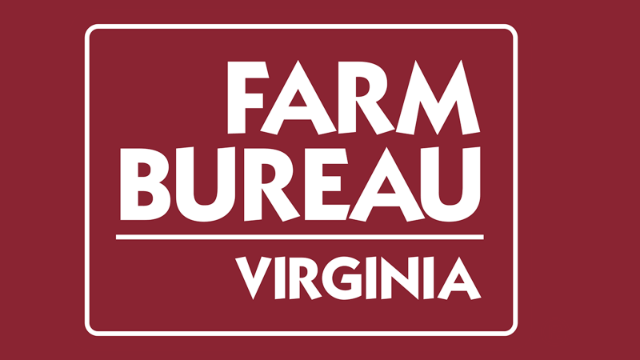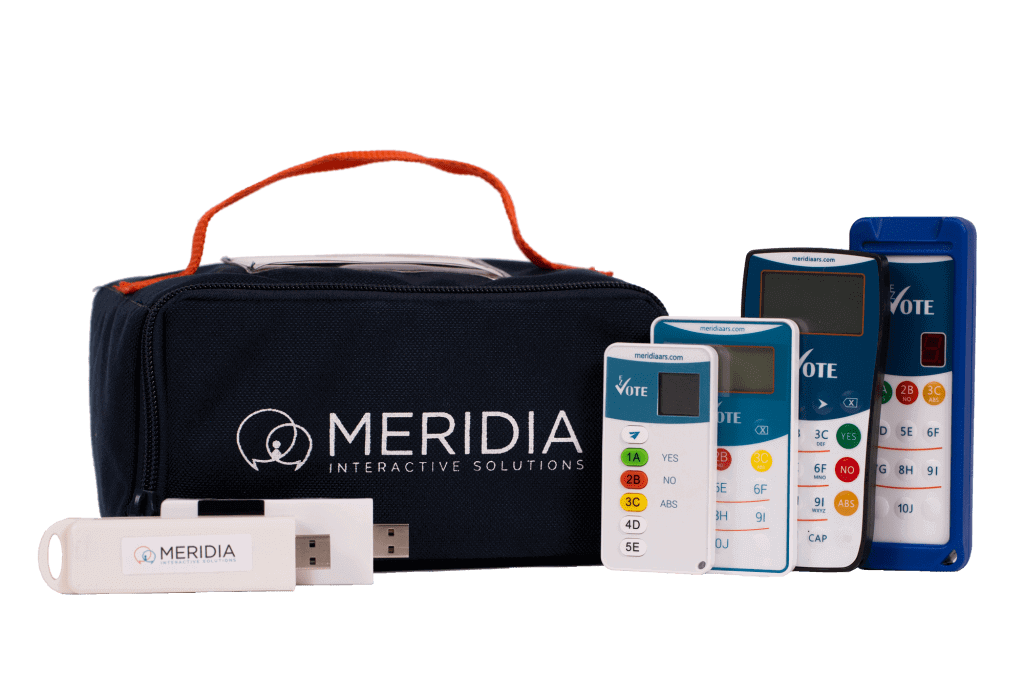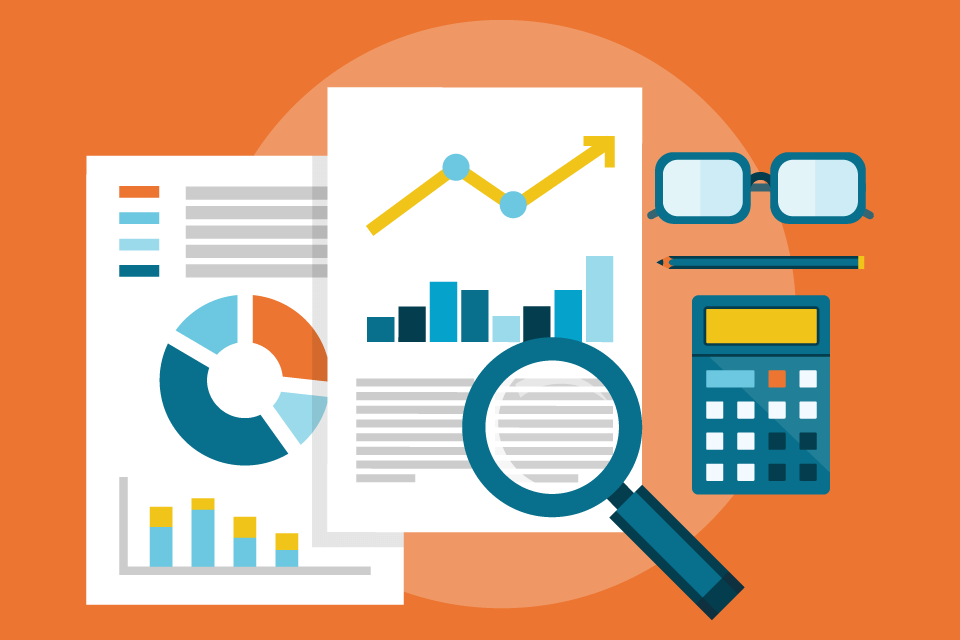VA Farm Bureau Grows Itself a Better Meeting Voting System
With nearly 43,225 farms spread across 7.7 million acres of land, agriculture stands out as one of Virginia’s top industries. Looking after the interests of farmers is the Virginia Farm Bureau (VAFB), the state’s largest non-profit agricultural advocacy organization. The VAFB supports farmers through political lobbying and advocacy, business development, and purchasing programs.
Those lobbying and advocacy efforts grow organically, starting with ideas originating from 88 individual country farm bureaus which typically hold annual meetings between July and October. At the state level, the VAFB follows those county meetings with its own policy and voting session in late November or early December. These meetings last several days and typically include 400-800 representatives from the counties, with 300 business decision makers actively voting on a variety of issues.

But COVID-19 made the existing meeting and voting format impossible to implement. “With the pandemic, we were not sure that we could even have an in-person meeting,” says Martha Moore, Vice President of Government Relations for the Virginia Farm Bureau. “If we did, we knew we would have to follow new safety protocols.”
Moore knew that a meeting voting system could address some of the key safety concerns, as clickers could be disinfected as needed. But she also knew that the VAFB’s voting requirements created specific challenges. In addition to Yes/No options for voting on policy positions, the VAFB needed a system that would enable voters to select multiple responses—selecting 5-6 people out of some larger number to fill committee positions, for example. There was also an unanswered question about how such a system could address the potential need for smaller simultaneous meetings in areas where wireless connectivity was not guaranteed and not all participants owned smart devices.

Selecting Meridia and Implementing a Hybrid Meeting Voting System
The Bureau had previously rented an electronic voting system for its massive annual meeting but the pandemic restrictions resulted in the cancellation of that meeting for 2020. The one upside of cancellation was that it made funds available to consider the purchase of a new electronic voting system that could be used more flexibly.
“We spoke with other county bureaus and researched online platforms. The Michigan Farm Bureau gave the Meridia system a very positive review,” says Moore. “The other platforms didn’t have some of the capabilities we needed.”
Customer service was a critical issue, as Moore had found support to be lacking in past vendor experiences. The complexity of the new situation would require an even greater level of service. Meeting all of their requirements, the VAFB selected Meridia’s CloudVOTE solution.
And then…requirements changed.
Three weeks in advance of the VAFB’s scheduled annual meeting, the Governor of Virginia restricted in-person meetings to 25 people maximum. That meant that the VAFB would need to hold over a dozen separate simultaneous meetings, some in rural areas that lacked sufficient wireless bandwidth and where not all participants owned smart devices. Meridia’s CloudVOTE system on its own was not going to be enough.
Meridia responded by creating a hybrid electronic voting system for the VAFB, combining its EZ-VOTE and CloudVOTE systems, incorporating both the clickers and smart devices to overcome the access challenge.
For the annual VAFB meeting, members came together simultaneously in 14 smaller voting groups at different locations across the Commonwealth. Local EZ-VOTE and CloudVOTE USB hubs connected to a central location in Richmond. Meridia led a series of trainings for different groups to address the connections required and helped Moore develop training guides for people in the various locations. “The team from Meridia figured it out, were incredibly patient, and helped us problem-solve along the way. It was incredible that we could use the clickers we already purchased together with the USB units. It all worked together.”
Results Worth Reporting
When it mattered, the VAFB conducted all of the voting sessions at its annual meeting without incident. “During a practice session before the annual meeting, we discovered a small connectivity issue,” says Moore, “but the Meridia staff was able to solve the problem right there, so the final vote was flawless. This helped to increase our confidence in the system.”
The fact that all the systems worked together flawlessly was an important measure of success, but other factors were equally important.
Voter confidence in vote counts was crucial. Using live WebEx feeds, the VAFB showed everyone participating how votes were being cast and counted across the state. That provided voters with confidence and assurance of the process.

Voting speed and total meeting length mattered. One might expect that coordinating the voting actions and results from 14 separate locations would add time to the process, but the VAFB’s experience proved otherwise. Using the hybrid EZ-VOTE and CloudVOTE systems actually reduced meeting and voting time. “The articles of incorporation went smoothly,” notes Moore. “People cast their votes and we could show the results instantly. For the ballots, it certainly took a lot less time. We no longer had to hand out the ballots and then scan them to get results on the total number cast.” Voting that normally required two-and-a-half days to complete now took just seven hours. Especially during a pandemic, when it is important to minimize the time people spend together, the advantages enabled by EZ-VOTE and CloudVOTE were obvious.
“I cannot say enough about the team from Meridia, their ability to help us problem-solve, and the level of support and training they provided.”
Looking Forward
The future looks better for the VAFB and its voting needs, whatever may come.
“The biggest benefit of the Meridia solution is that it allows both in-person and remote voting,” says Moore. “We have no idea how long we will be under the precautions of the pandemic. Once people have voted this way, though, they may find they like it better than the previous method and want to change the process altogether.”

